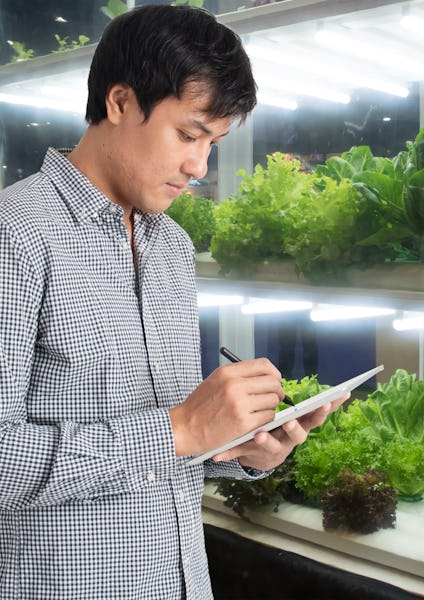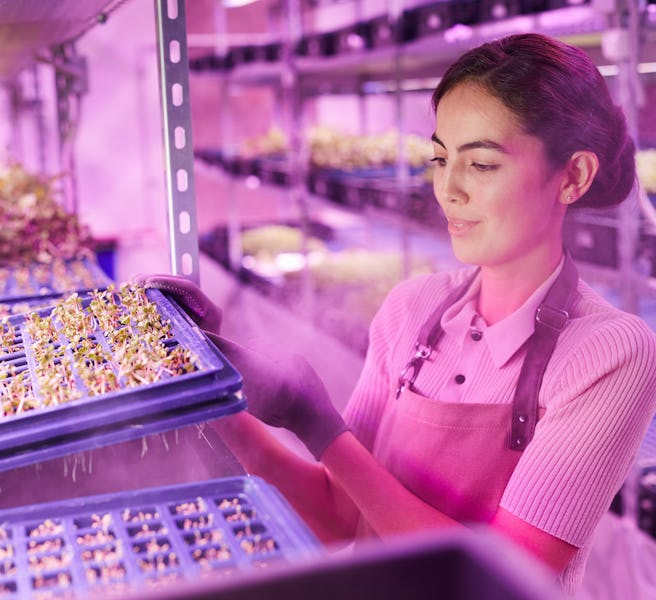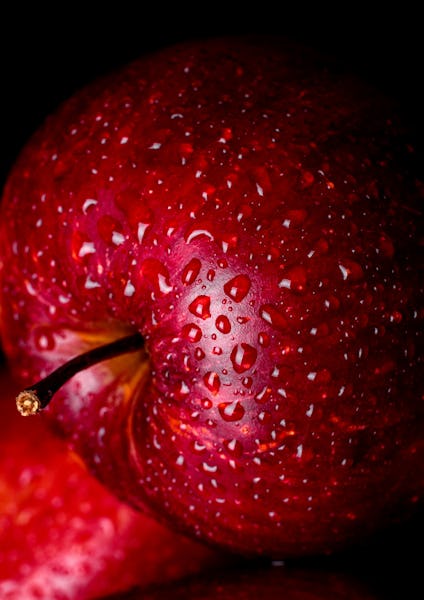
Spectroscopy in Horticulture
Pressure of competition, decreasing available land for horticulture and last but not least an increasing world population are driving forces for innovation in the agricultural sector. Modern testing methods of grow lights and improved grading and sorting methods are important factors to help improve crop yields. Spectroscopy can play a vital role here.
A choice of agriculture applications …
Light is essential for the growth of plants. Besides factors like the exposure time and the direction of light, the spectral composition is the most important aspect one has to consider to optimize plant growth. The photosynthetic active radiation (PAR) is mostly assessed in the wavelength range between 400 nm to 700 nm. One way to describe PAR is photosynthetic photon flux density (PPFD). But different species react differently on the spectral composition of a light source. So it can be valuable or even needed, not only to measure the PPFD values, but also to measure other wavelength ranges as well. Admesy spectroradiometers can measure all relevant wavelengths in the range between 200 nm to 1100 nm.
Many fruits and vegetables can be graded and sorted by their color. Depending on the species often more accurate results can be achieved by assessing the spectral power distribution in the visible or near-infrared range.
During quality control of wine and whiskey it is needed to assess the alcohol content (proof number) and the color. By measuring the spectrum in the range from 380 nm to 1100 nm the color is determined in the visible range from 380 nm to 780 nm, while the alcohol content can be determined due the alcohol peak which appears around 907 nm in the absorbance spectrum.
Transmission spectroscopy in the visible range can be used to evaluate the freshness of eggs.











